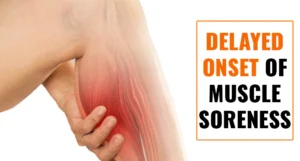Introduction:
One of the most effective ways to alleviate many types of pain is to ensure we remain active, have fit, strong and healthy muscles, tendons and ligaments and keep our joints as mobile as possible. Embarking on a fitness journey, however, often entails encountering the familiar sensation of muscle soreness after exercise, commonly known as Delayed Onset Muscle Soreness (DOMS). Unraveling the intricacies of DOMS is essential if you’re dedicated to a healthy, active lifestyle. In this post, we’ll go deeper into the scientific understanding of DOMS, challenging the popular belief encapsulated in the phrase “no pain, no gain.” Drawing insights from recent research, including a study featured in the South African Family Practice (57(3), 29-33), we explore the multifaceted nature of DOMS and how you can enjoy an active lifestyle without struggling up stairs the next day!
Understanding DOMS:
Delayed Onset Muscle Soreness manifests as pain, stiffness, and discomfort in the muscles, typically peaking between 24 to 72 hours post-exercise. While it is commonly associated with challenging workouts, it is important to acknowledge that having sore muscles after exercise doesn’t always mean the workout was beneficial. International triathlete Pauli Kiru once said after winning the Australian Ironman ‘Enjoy the pain in your muscles. You have earned it’ We’re not so sure that needs to be the case.
“No Pain, No Gain?” Dispelling the Myth:
The long-standing adage “no pain, no gain” has motivated countless individuals to push their physical limits. However, recent research challenges the notion that enduring pain is a prerequisite for making progress and getting the most out of our fitness routine. The South African Family Practice study accentuates the need to differentiate between beneficial discomfort that fosters muscle adaptation and potentially harmful strain that can compromise overall well-being.
Effective Exercise Without DOMS:
Contrary to the belief that having sore muscles is an inevitable byproduct of effective training, numerous studies suggest you can reap the benefits of exercise without subjecting yourself to debilitating muscle soreness in the following days. Tailoring your exercise routines to your individual needs and preferences is key, especially for anyone with a chronic disease or physical condition. Some great examples of low-impact exercises, such as swimming, cycling, and yoga, are beneficial for promoting fitness without inducing significant soreness afterwards.
Reasons for Ineffective Exercise Leading to DOMS:
Understanding why some people experience DOMS from ineffective exercise can help develop plans to avoid it. Poorly designed workout routines, sudden increases in intensity or duration, and improper form are common culprits. If you’re not accustomed to certain activities or your routine is sporadic and irregular then when you do exercise, it’s more likely to result in soreness afterwards.

Tips to Reduce DOMS:
- Gradual Progression: Increase your exercise intensity and duration gradually to allow your body time to adapt and get stronger, minimizing the likelihood of DOMS.
- Adequate Warm-Up and Cool Down: Proper warm-up and cool-down routines enhance blood circulation, improve flexibility, and help mitigate the risk of muscle soreness.
- Hydration and Nutrition: Staying well-hydrated and ensuring proper nutrition supports muscle recovery and helps alleviate DOMS. If you needed an excuse to buy a flash water bottle, now you have one.
- Incorporate Recovery Strategies: Techniques such as foam rolling, stretching, and massages aid in reducing muscle tightness and soreness. Not everything you do has to be high intensity.
- Listen to Your Body: Pay attention to signals from your body. If a particular exercise consistently leads to excessive soreness, consider adjusting your routine to find a more suitable and sustainable approach.
- Get support and advice from a properly trained and experienced physiotherapist to help guide you. Developing a tailored approach can ensure maximum benefit from your exercise without the soreness. After all, isn’t having a pain-free lifestyle one of the reasons you’re starting this journey?
Conclusion:
In navigating the realm of Delayed Onset Muscle Soreness, you can strike a balance between pushing your limits and maintaining overall well-being. By debunking the myth that pain is a prerequisite for gain, and incorporating effective exercise routines that suit your needs, you can achieve your fitness goals without unnecessary discomfort. The South African Family Practice study serves as a valuable resource in guiding us towards a more informed and holistic approach to exercise, emphasizing the importance of personalized, sustainable fitness practices.
– Move for life Physio and Health Hub


